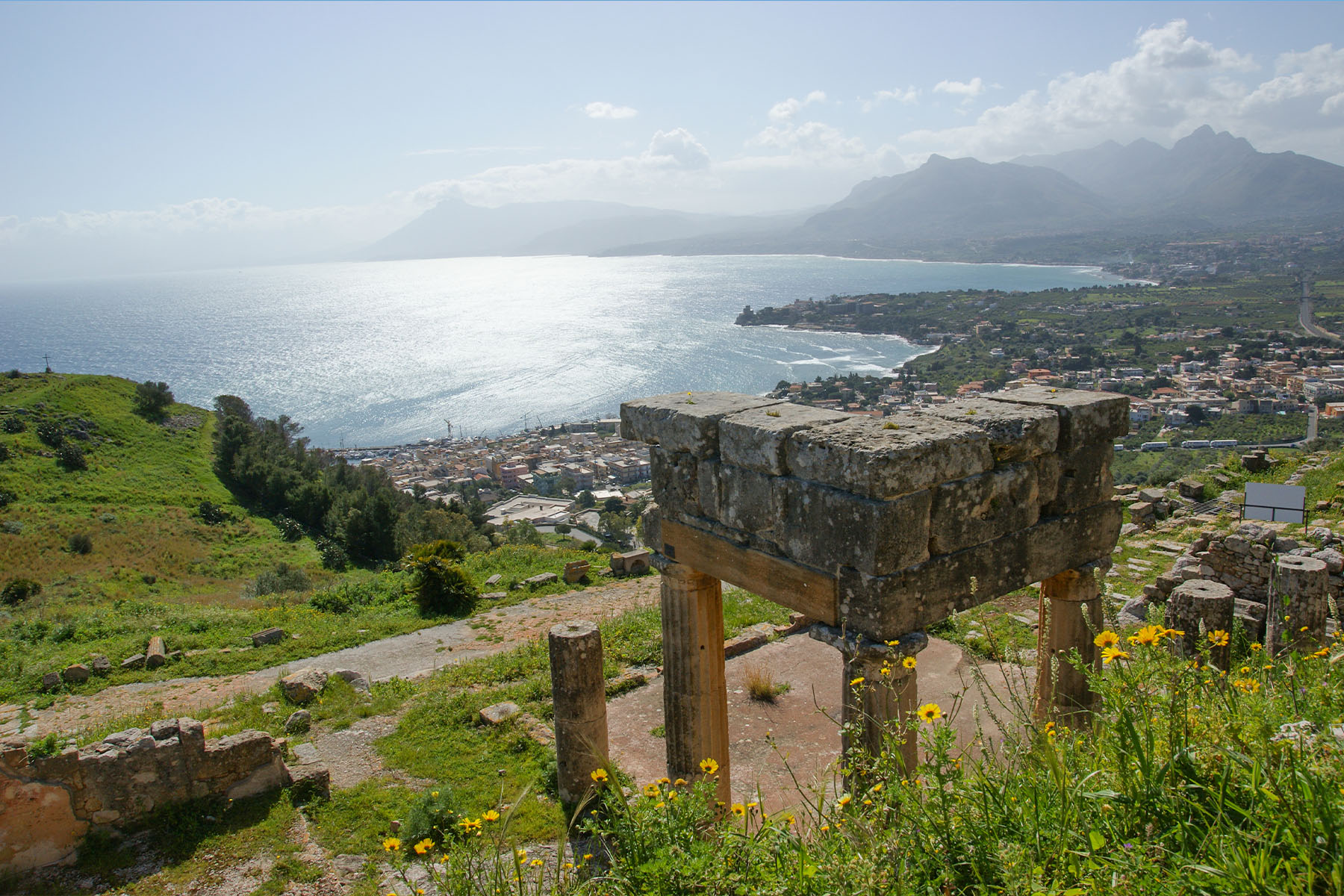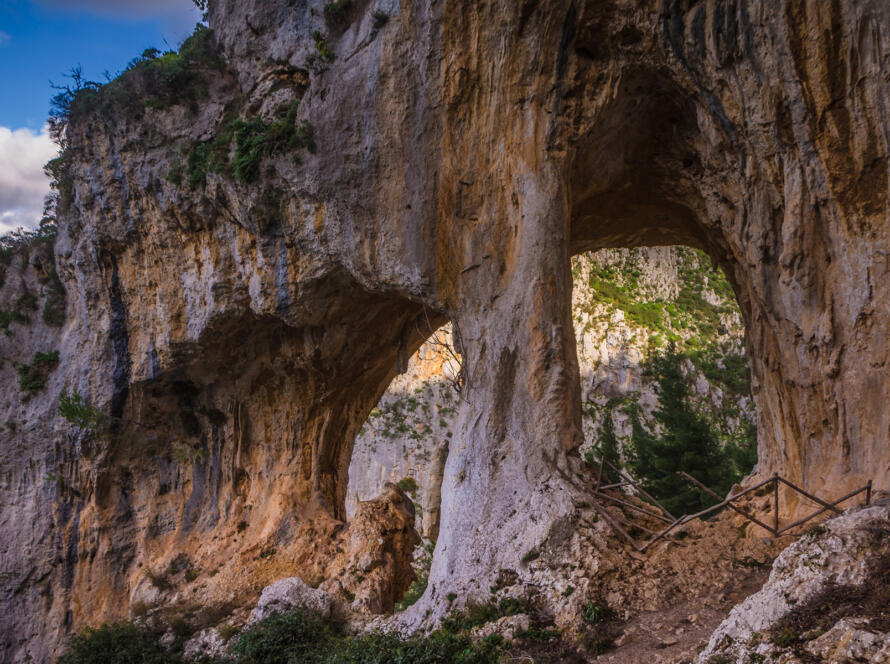A real journey back in time to discover the archaeological heritage left behind by the Greeks and Phoenicians.
The Archaeological Park of Himera, along the northern coast of Sicily, represents the ancient Greek colony of Himera. An important political, commercial and cultural centre for the whole of Sicily, its foundation dates back to 648 BC.
When you visit the site, you cannot fail to be astounded by the city’s impressive ruins that testify to the grandeur and power the colony had in its heyday. The site was built in the 16th century but exploration did not begin until the 1920s and 1930s, where the very important Temple of Victory was discovered, representing one of the best examples of Doric architecture in Sicily.
Open to the public are the area of the Temple of Victory and that of the upper town, where the sanctuary of Athena also stood. These areas are able to catapult visitors into the era of archaic and classical Greece, as well as to understand its urban layout and living culture.
Another jewel of Sicily’s archaeological heritage is the Solunto Park. You will be catapulted into the era of the Phoenicians, who founded the ancient city that was later occupied by the Greeks and Romans, creating a mix of cultures and architectural styles. The area takes up the urban model that favoured promontories and islets jutting out over the city, and includes only the Roman-era settlement that was re-founded after the destruction of the 4th century B.C.; the public area is preceded by a sacred building and the agora is enclosed on three sides by a portico, while a thermal building stands to the east. A highlight of the area is the theatre and gymnasium with a breathtaking view of the sea. The necropolis is located outside the area, to the north, in an area near contrada Campofranco and comprises 220 burials to which access was via a stepped corridor.
When visiting the ruins of Himera and Solunto, you will witness the grandeur of ancient civilisations and cannot help but be fascinated by their majesty.




